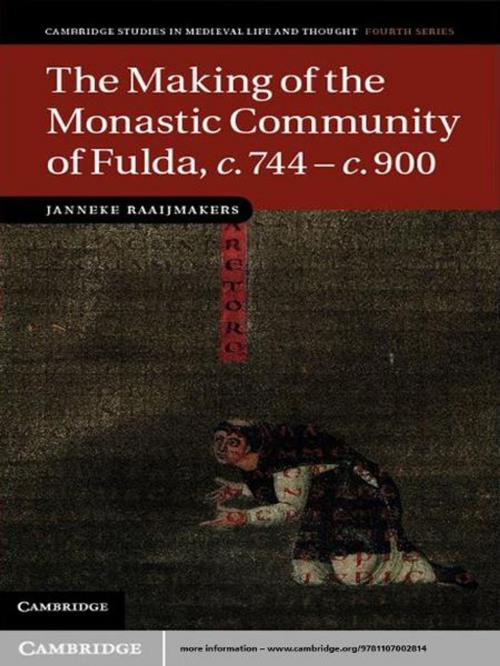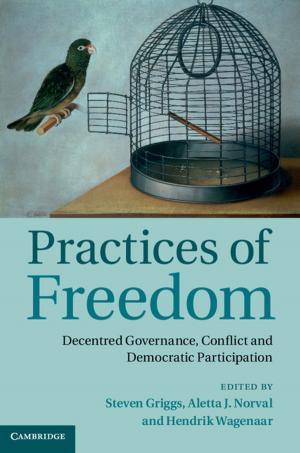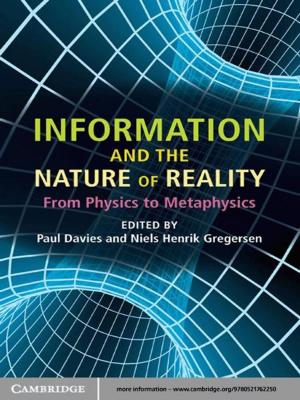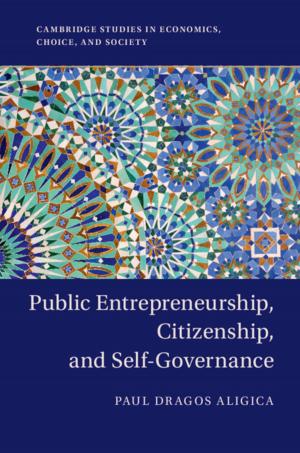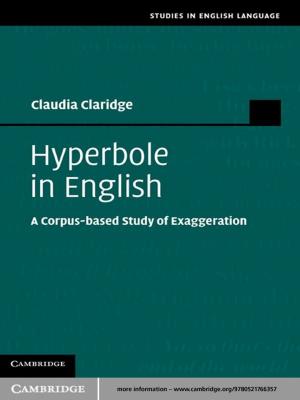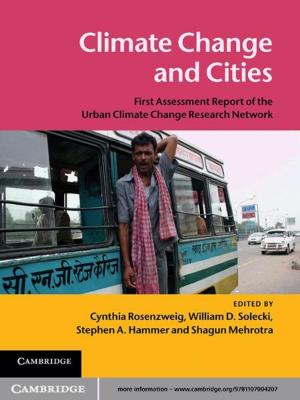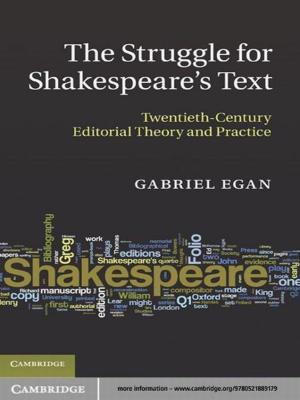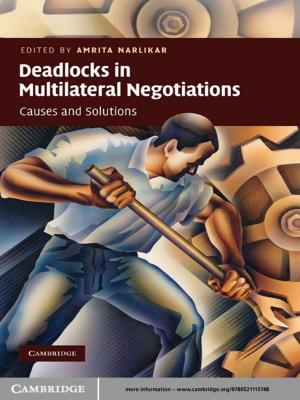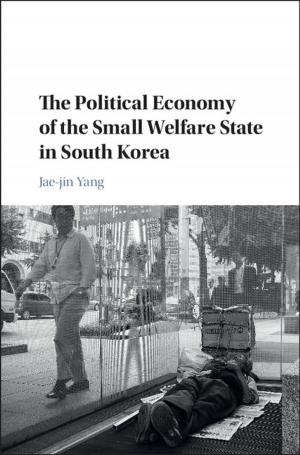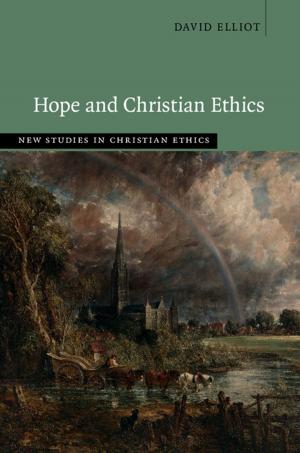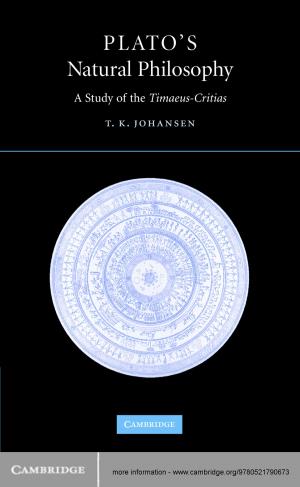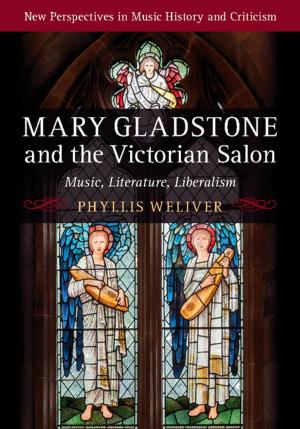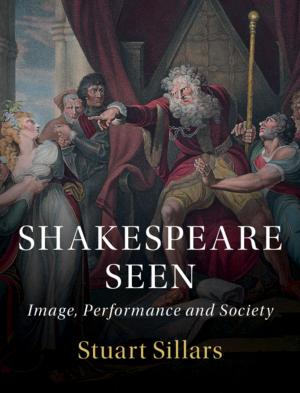The Making of the Monastic Community of Fulda, c.744–c.900
Nonfiction, History, European General, Religion & Spirituality| Author: | Janneke Raaijmakers | ISBN: | 9781139334136 |
| Publisher: | Cambridge University Press | Publication: | March 1, 2012 |
| Imprint: | Cambridge University Press | Language: | English |
| Author: | Janneke Raaijmakers |
| ISBN: | 9781139334136 |
| Publisher: | Cambridge University Press |
| Publication: | March 1, 2012 |
| Imprint: | Cambridge University Press |
| Language: | English |
The monastic community of Fulda was one of the most powerful institutions in early medieval Europe. This book traces the development of the community from its foundation in the 740s over one and a half centuries, a period richly documented by a variety of texts and archaeological remains. These sources reveal how Fulda's success forced the monks to rethink their goals and the ways in which they sought to achieve them. Its close connection to the Carolingian royal court also makes Fulda a fascinating case study of how local events influenced life in the palace and vice versa. The importance of Fulda and the rich array of sources associated with it have long been recognised, but this is the first full study, bringing together theology, architectural history and archaeology. The result is a vivid picture of life in this monastery and also in early medieval religious communities in general.
The monastic community of Fulda was one of the most powerful institutions in early medieval Europe. This book traces the development of the community from its foundation in the 740s over one and a half centuries, a period richly documented by a variety of texts and archaeological remains. These sources reveal how Fulda's success forced the monks to rethink their goals and the ways in which they sought to achieve them. Its close connection to the Carolingian royal court also makes Fulda a fascinating case study of how local events influenced life in the palace and vice versa. The importance of Fulda and the rich array of sources associated with it have long been recognised, but this is the first full study, bringing together theology, architectural history and archaeology. The result is a vivid picture of life in this monastery and also in early medieval religious communities in general.
